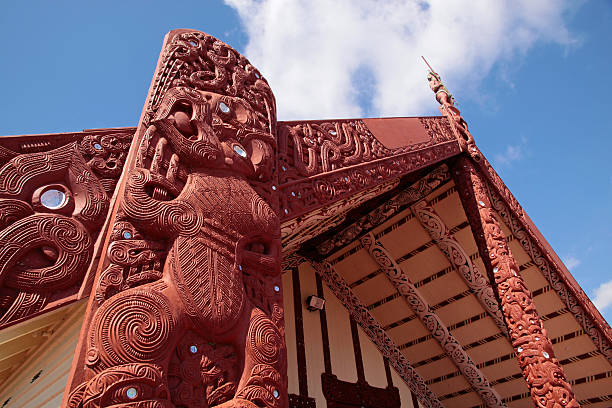On your travels around Aotearoa you may have already overheard the māori word for dive: ruku. Diving is about exploring unknown territories, so if these māori kupu ruku are uncharted waters for you, then dive on in.
Many Māori settlements around Aotearoa are situated on the coastline. Meaning the moana (ocean) and Tangaroa (God of the sea) played an important part of everyday life for Tāngata Whenua (People of the land). Knowing this, it is no wonder that a large percentage of Māori still go diving for their kaimoana, just as their ancestors did in days past.
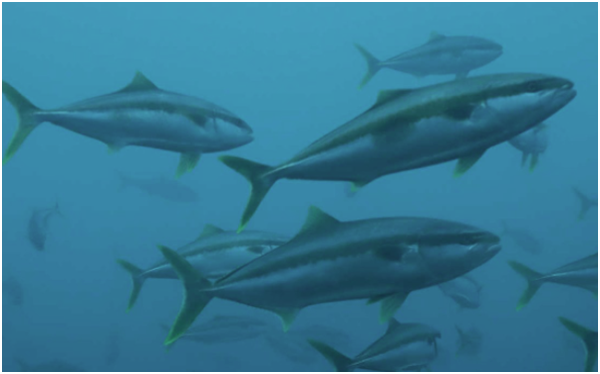
Haku/ Kingfish- A large enough fish to feed your whole whānau.
It has a rich, sweet flavour.
Kiri kēkeno/ Wetsuit
Obviously in the days of the past the Māori did not have wetsuits- however, donning the neoprene suit has allowed Māori to dive for longer and has given our tinana (bodies) protection.
Mōhiti /Mask
Polynesians have used early versions of the modern mōhito for hundreds of years. There is nothing quite like a tempered glass, silicone mōhito , however.
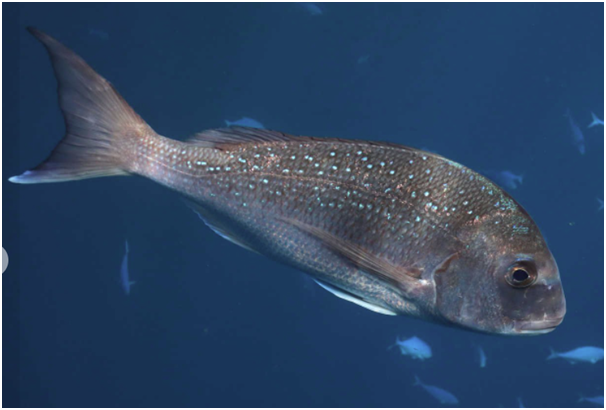
My personal favourite fish to eat in Aotearoa.
Phrases for you guys to try out:
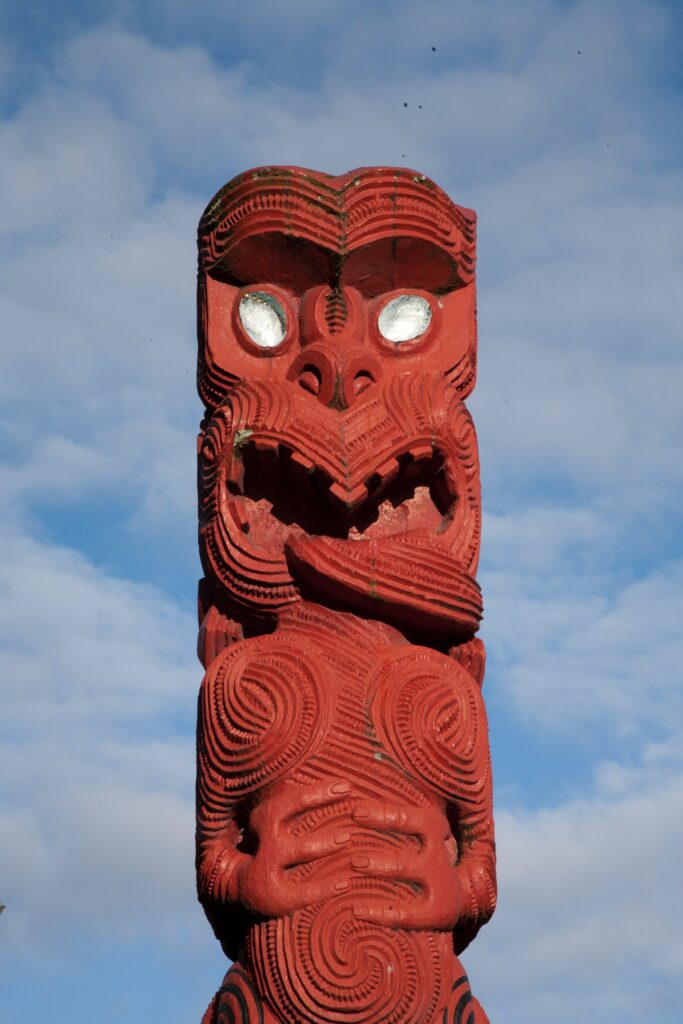
Ka haere koutou ki te ruku i tēnei mutunga wiki?
(Are you guys going for a dive this weekend?)
I tēnei ata mātou i ruku ai ki te moana
(We dived this morning in the sea)
He nui tērā kōura!
(That crayfish is huge!)
Pū / Pūika / Speargun
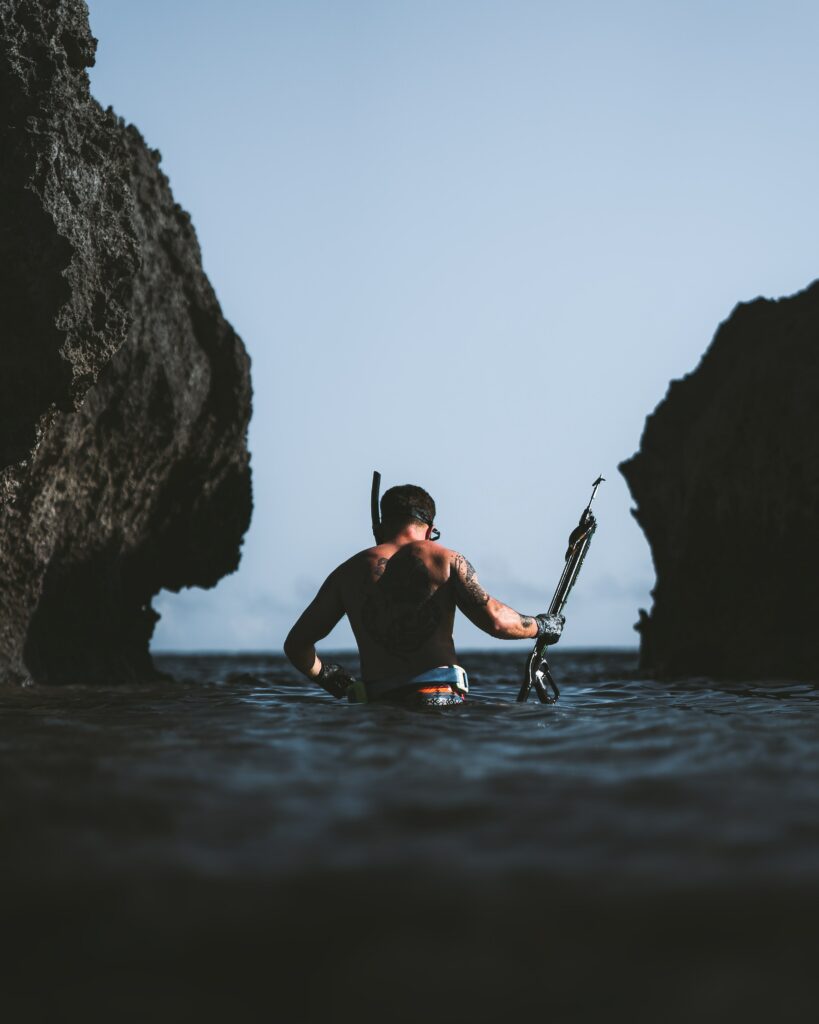
Gone are the days of our cousins taking to the water with their Hawaiian slings and rubbers. Whilst the Hawaiian sling and hand spears were effective for a very long time, the pūika was a game changer.
Ngongo/ Snorkel
Ngongo have been used for thousands of years all over the world by a vast majority of ocean-side cultures. Thankfully modern ngongo have ergonomic mouthpieces and purge valves for easier clearing. Using your mōhiti and ngongo, you can spot your pāua from the surface! Au`ē!
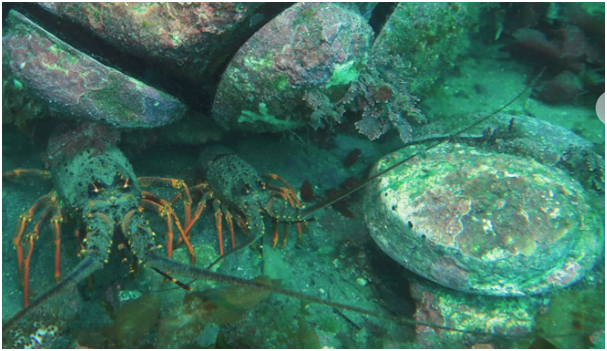
Pāua is a delicacy in Te Ao Māori (The Māori world) . Abalone has been enjoyed by a multitude of cultures all over the world. To Māori, pāua are recognised taonga (treasures) and are a vital resource not only for eating, but for traditional contemporary arts and crafting.
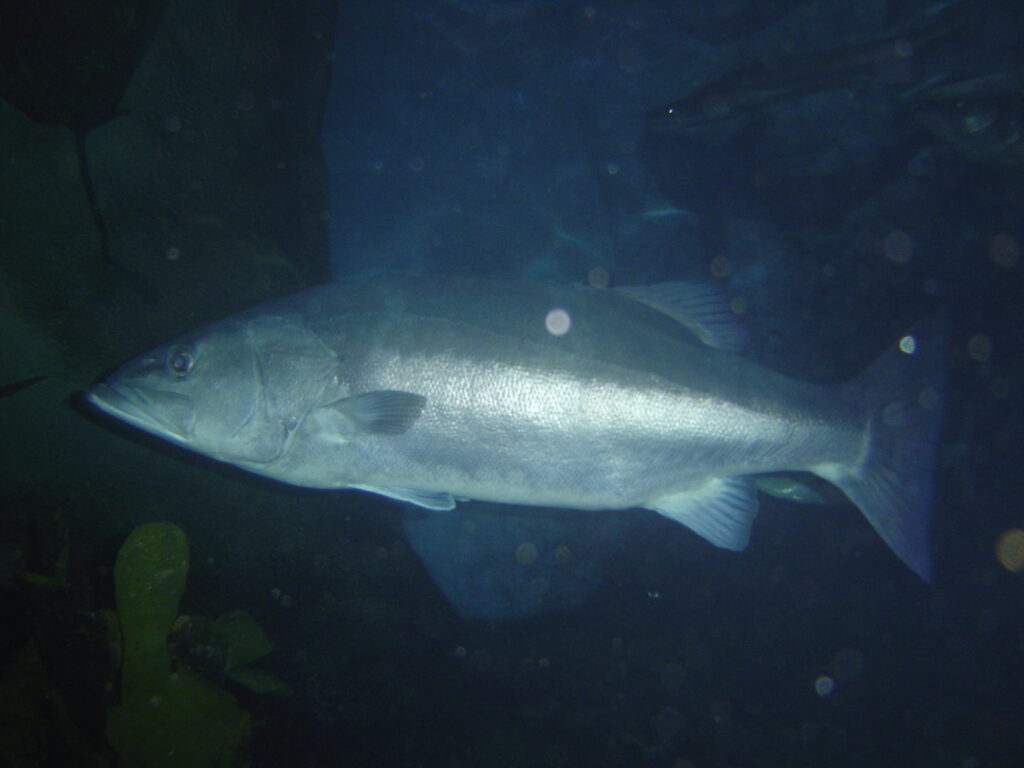
Once a shallow water fish, commercial overfishing has lead to Hāpuka only being found now in deep water.
These fish are slow aging, maturing only at 10-13 years old but they can live up to 60 years old, and grow up to 80 kg.
The Hāpuka or Grouper is grey coloured with a white under belly. Excellent steaks can be cut from the firm flesh of this fish
We have the luxury of being able to dive for kaimoana today just like our ancestors did in the past. As kaitiaki (guardians) of the land and sea, it is our duty to make sure the moana remains bountiful for the days of our mokopuna (grandchildren) that are to come.

Therefore it is imperative that we follow local laws/ regulations on catch limits and size restrictions so they can provide for their whānau just like we’ve had the chance to.
For more information on what you can catch and rules by area click the link to the NZ MPI website
https://www.mpi.govt.nz/fishing-aquaculture/recreational-fishing/
https://www.mpi.govt.nz/fishing-aquaculture/maori-customary-fishing/
